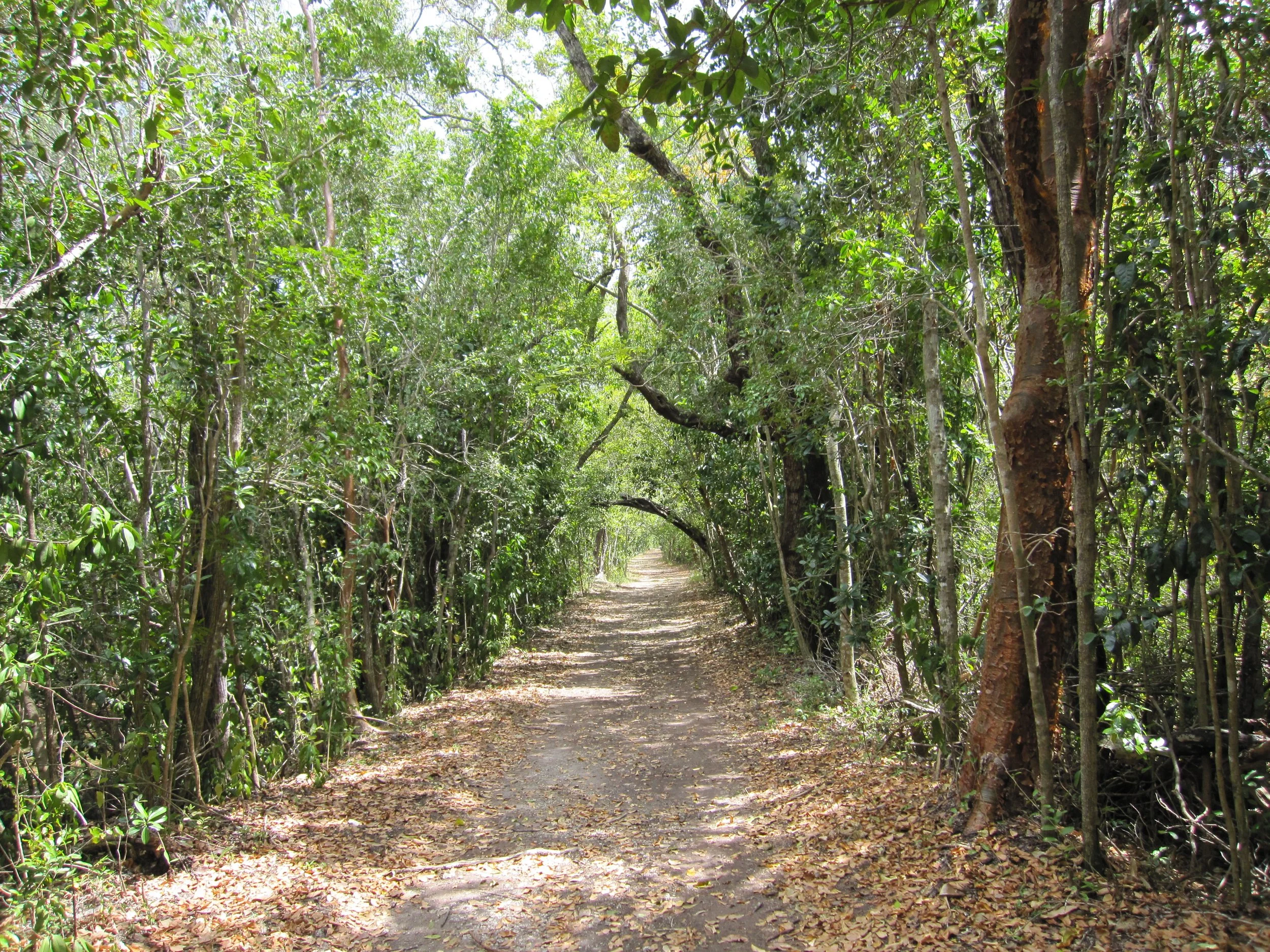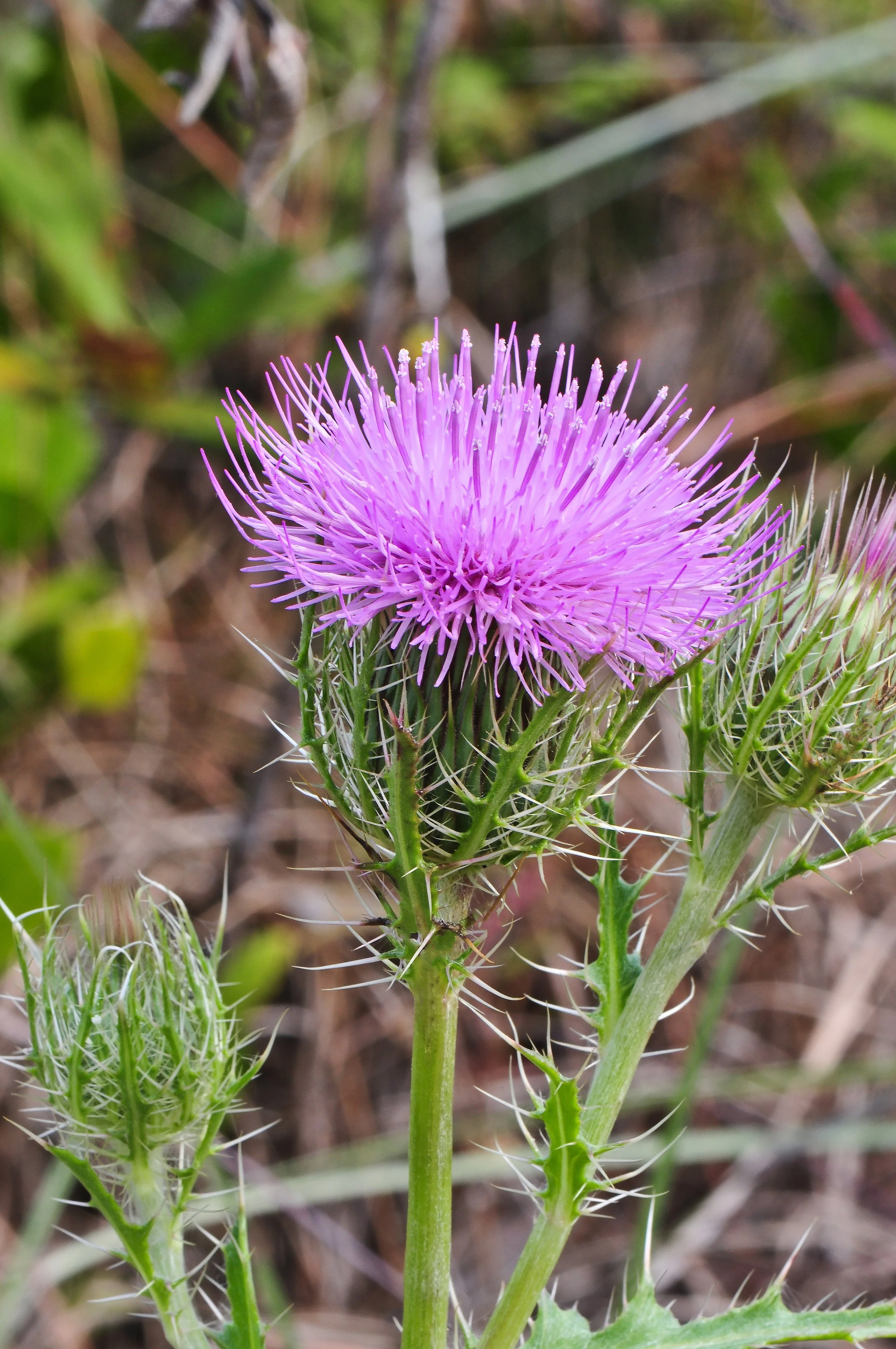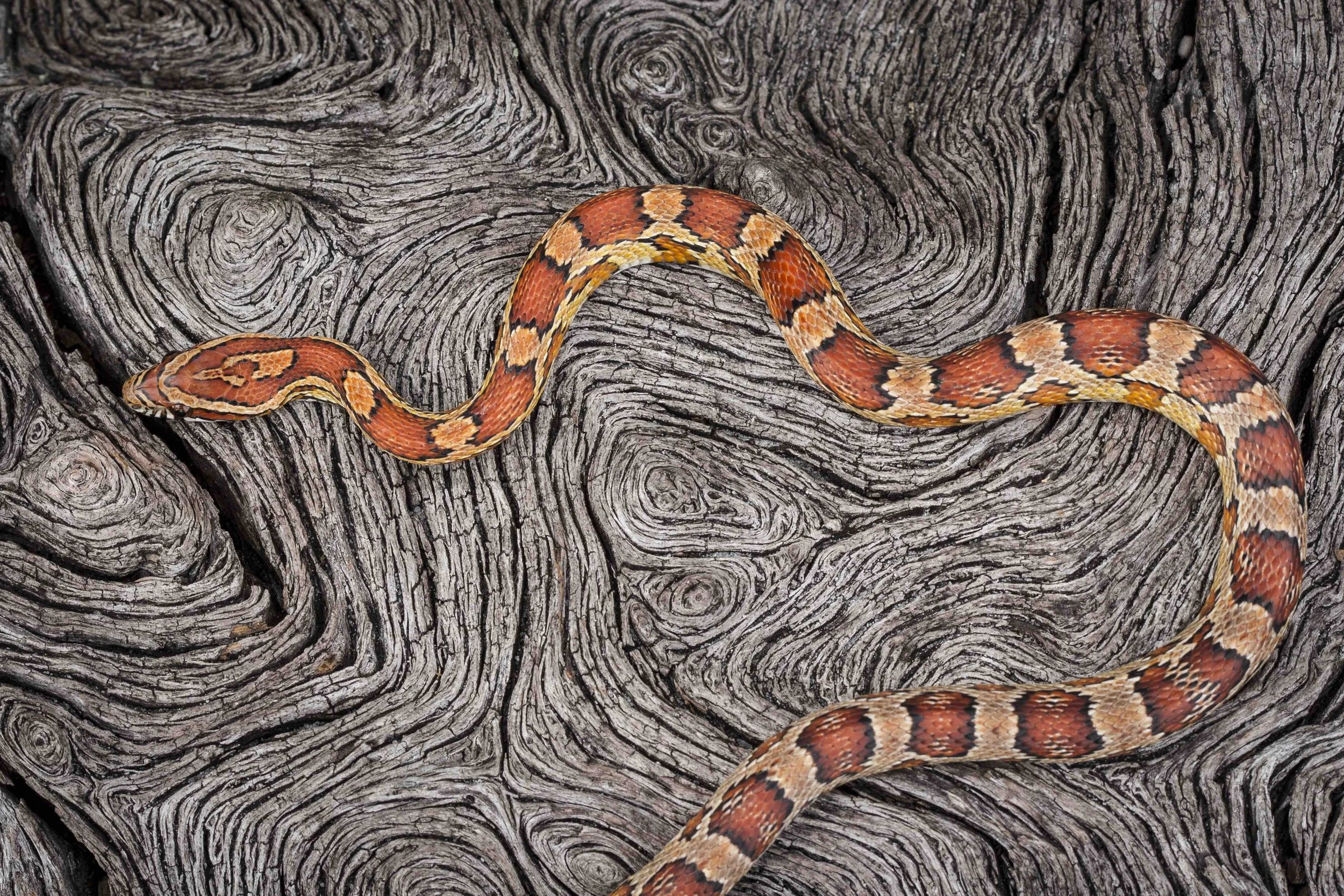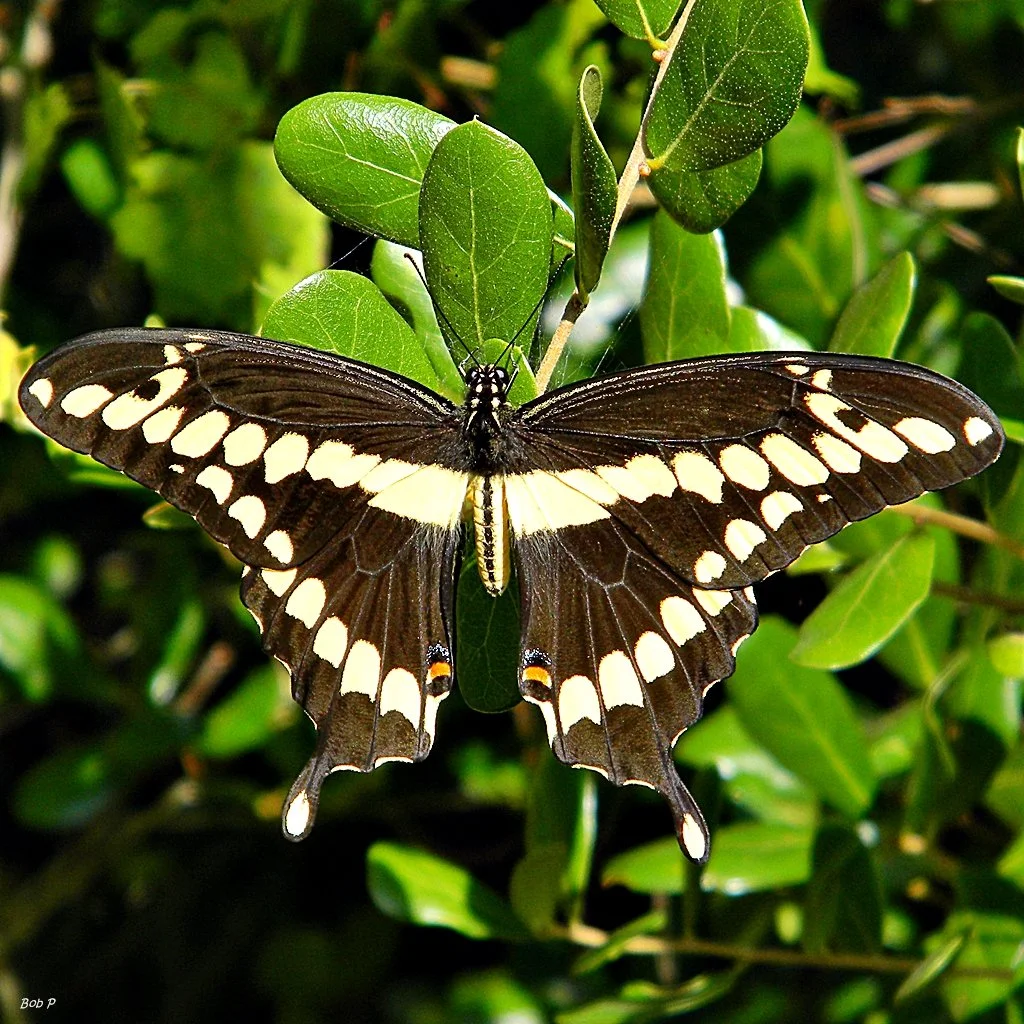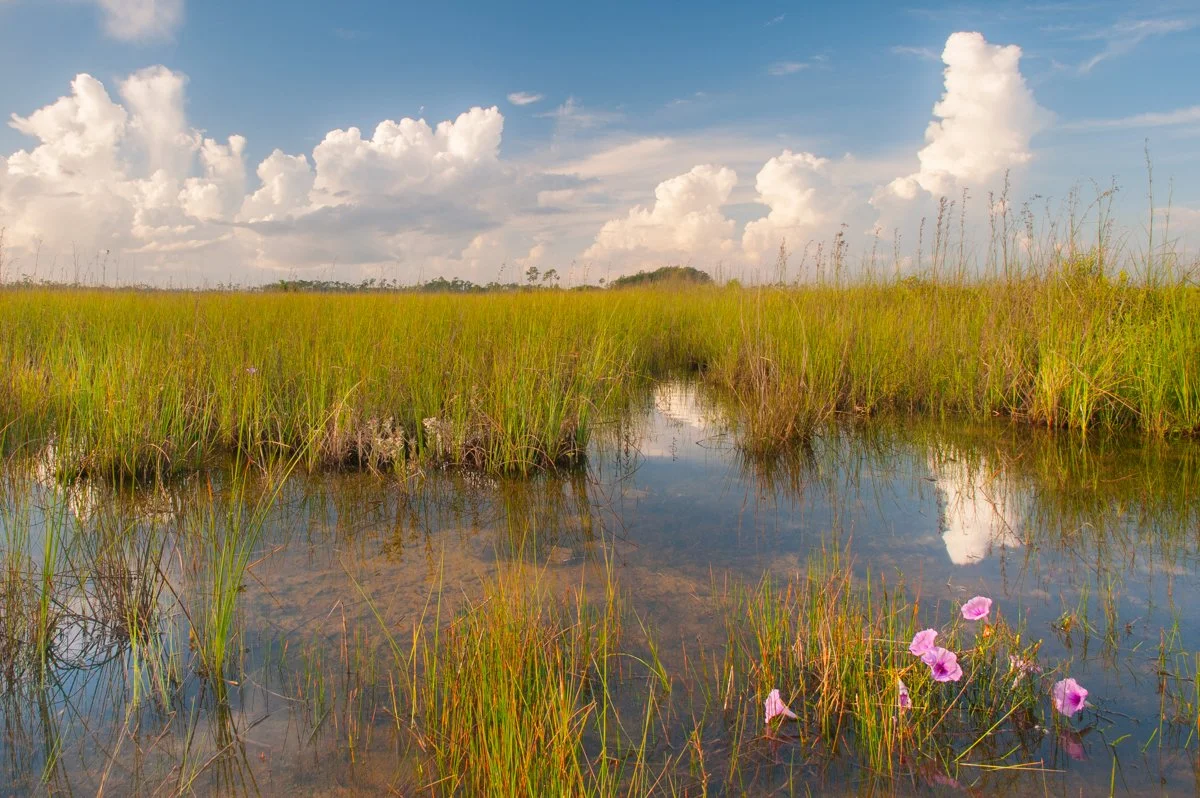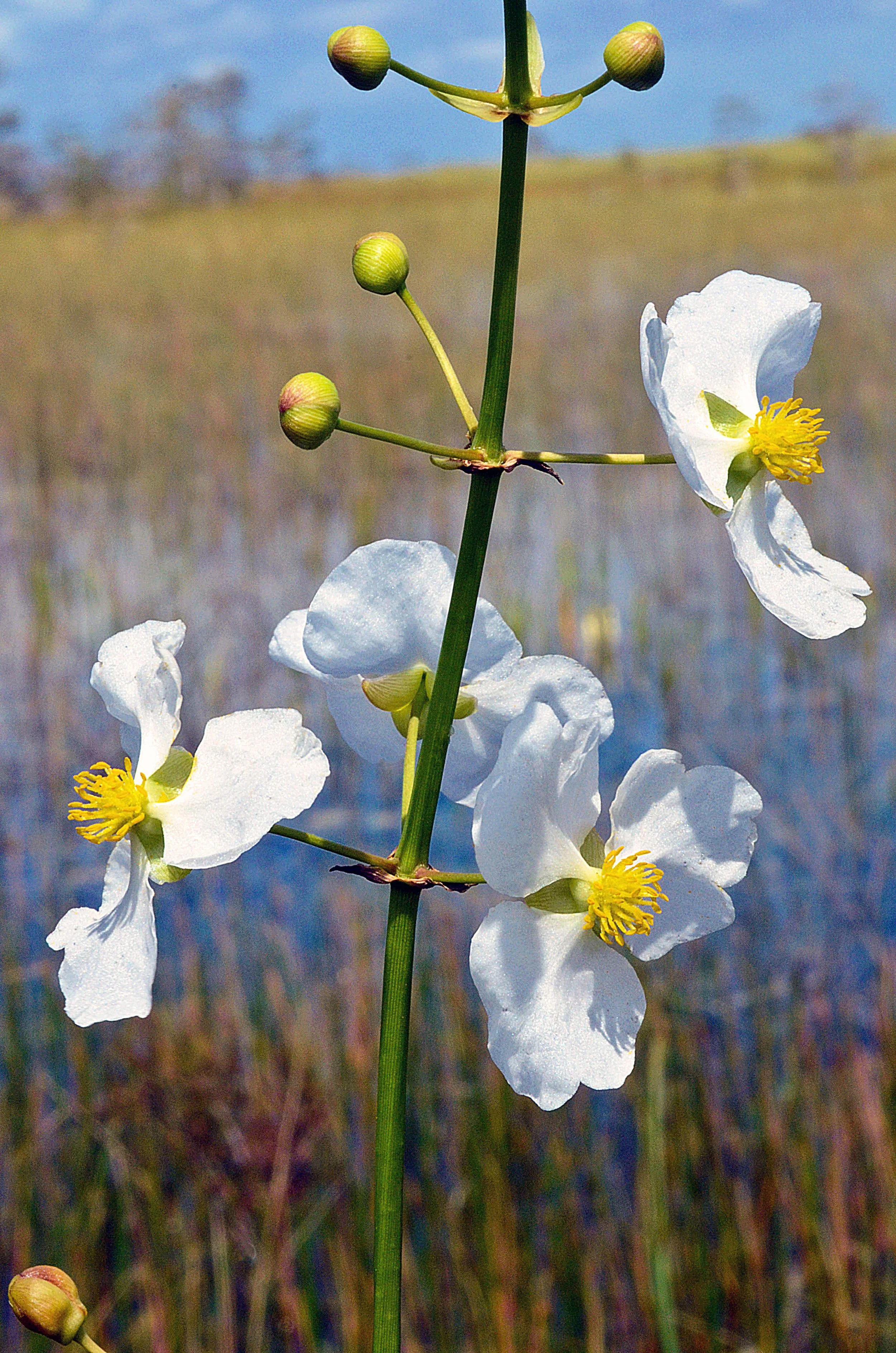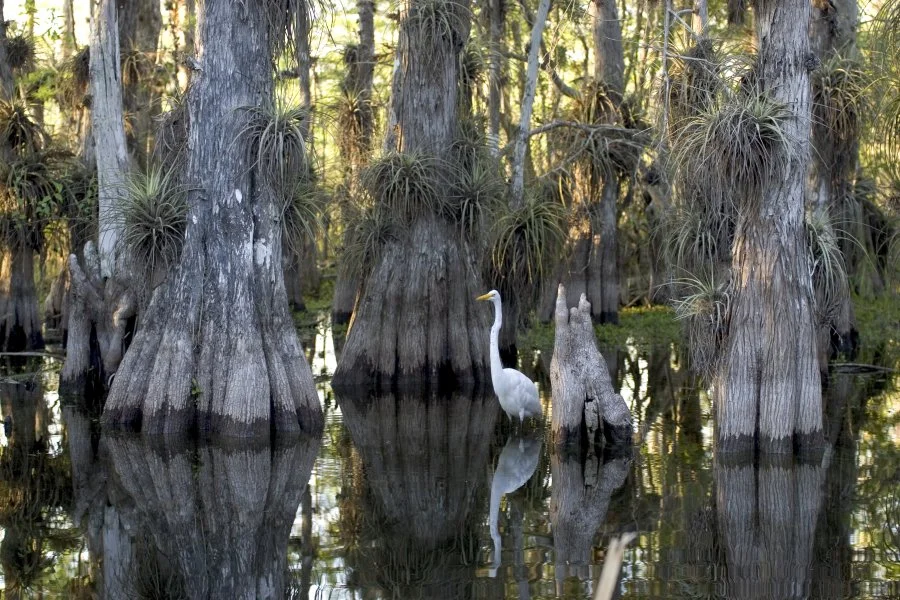Places to Visit
The Greater Everglades Ecosystem

Historically, the Greater Everglades Ecosystem was a complex network of interacting living organisms and habitats connected by the flow of water from the Kissimmee Chain of Lakes south to Lake Okeechobee, the Everglades, and eventually to Florida Bay or the Gulf of Mexico. Today, water is also directed in many man-made canals, including west to the Caloosahatchee River and east to the St. Lucie River and Atlantic Ocean.
Vera Carter Environmental Education Center
Tibet-Butler Preserve
Disney Wilderness Preserve/The Nature Conservancy
Lake Kissimmee State Park
Archbold Biological Station
Kissimmee Prairie Preserve State Park
Ordway-Whittell Kissimmee Prairie Sanctuary
Oxbow Ecological Center
Jonathan Dickenson State Park
Grassy Waters Preserve
Phil Foster Park/Blue Heron Bridge
Green Cay Wetlands
Fern Forest Nature Center
Ernest F. Coe Visitor Center ENP
Shark Valley Visitor Center ENP
Flamingo Visitor Center ENP
Biscayne National Park
John Pennekamp State Park
Dry Tortugas National Park
Gulf Coast Visitor Center ENP
Big Cypress National Preserve
Audubon Corkscrew Swamp Sanctuary
Six Mile Cypress Slough Preserve
Babcock Ranch Preserve
Check Out These Places
Uplands
Pine rocklands, also known as pinelands, are upland forests with limestone outcroppings found only on the elevated Atlantic Coastal Ridge in southeastern Florida, some areas of the Big Cypress Swamp, a few islands in the Florida Keys and in the West Indies. Pine rocklands are dominated by a canopy of slash pine trees and an understory of saw palmetto shrubs and herbaceous plants. Pine forests in the northern Everglades are called pine flatwoods and have sandy soil.
Pinelands
Milk thistle © www.rogerlhammer.com
Bald eagle © Kyle Sweet
Hardwood hammocks are shaded, upland forests inhabited by deciduous trees like West Indian mahogany, gumbo limbo, and strangler fig. These slightly elevated areas of limestone can be surrounded by land or water and are found in marshes, pinelands, mangrove swamps, and on the elevated side of tree islands.
Hardwood Hammock by Chris M Morris @ Flickr
Red rat snake © www.macstone.com
Giant swallowtail by Bob (in Swamp) Peterson @ Flickr
Wetlands
The freshwater sloughs, marshes, and wet prairies in south Florida were historically known as the Everglades. In this river of grass, sloughs graced with lily pads and other aquatic beauties remain flooded year-round with up to three feet of water. Sawgrass marshes remain flooded with about one foot or less of water for 6 to 12 months per year while wet prairies usually remain wet for less than 6 months. Periphyton is the base of the food web of these freshwater wetlands.
Freshwater Marsh © www.billlea.com
Common arrowhead © www.rogerhammer.com
Pig frog © www.juddpaterson.com
Thousands of tree islands are also found scattered throughout the freshwater marshes of the Everglades, ranging in size from ¼ acre to 170 acres. These slightly elevated wetland forests stay wet for most of the rainy season and have a moat of deeper water around them which helps to protect the trees from fire. The southern flow of water carves tree islands into a teardrop shape; the northern tip becomes rounded while the sediment carried downstream forms a point at the southern tip.
Cypress swamps are predominately inhabited by cypress trees and can be found in many freshwater habitats. Other plants including epiphytes like orchids, bromeliads, ferns, willow, and spikerush also grow in these wet and shaded forests.
Tree island by Big Cypress National Preserve NPS @ Flickr
Florida gar © www.macstone.com
Great egret in cypress dome photo by National Park Service @ Wikimedia Commons
Marine
Florida Bay and the Ten Thousand Islands are the two largest coastal estuaries in the Greater Everglades Ecosystem. These areas support the largest mangrove ecosystem in the Western Hemisphere which is one of the reasons Everglades National Park is listed as a UNESCO World Heritage Site.
The brackish waters found there are a mix of freshwater from the Everglades and saltwater from the Gulf of Mexico and Atlantic Ocean. These shallow, brackish waters contain extensive mangrove swamps and seagrass meadows, both critical habitats for countless marine animals.
The Florida Keys National Marine Sanctuary protects more than 3,800 square miles of waters surrounding the islands of the Florida Keys, from just south of Miami to the Dry Tortugas. Within this sanctuary is the only barrier reef in North America, the Florida Reef Tract. This chain of coral reefs is 360 miles long and stretches from the St. Lucie Inlet south to the Dry Tortugas.




